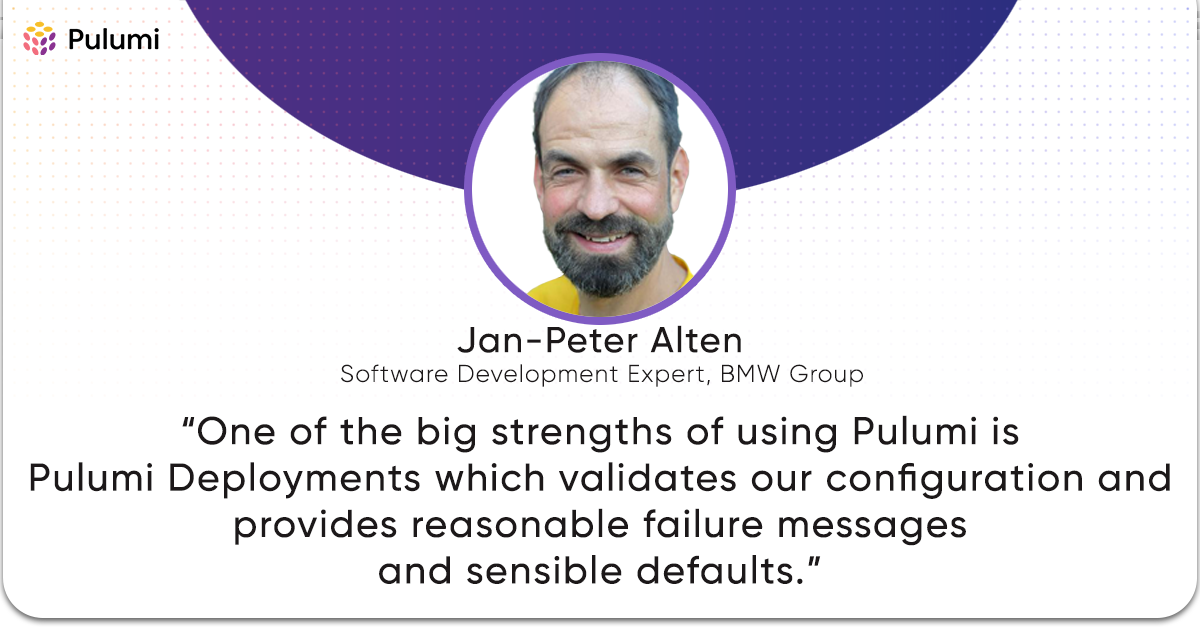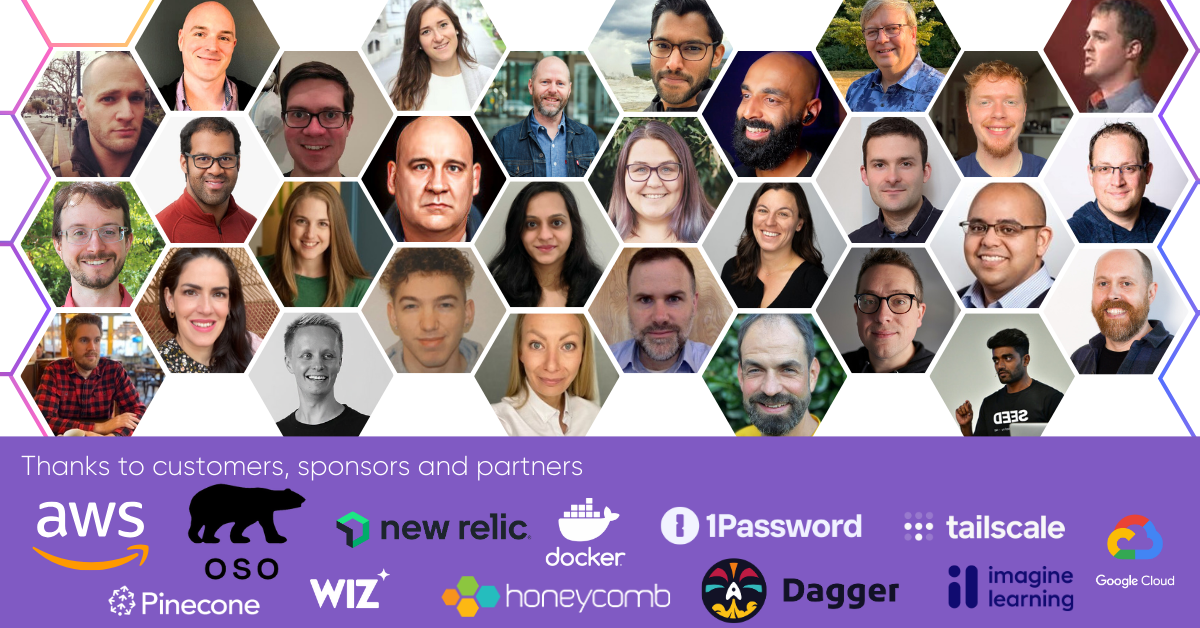
The Java Language Architect at Oracle, Brian Goetz, author of Java Concurrency in Practice, has commented how declarative
languages can be a double-edged sword:

HashiCorp’s infrastructure as code solution, Terraform, uses a domain-specific language (DSL) to declare cloud
resources. Pulumi’s infrastructure as code solution, on the other hand, lets you choose from any number of modern
languages – C#, Java, JavaScript, Go, Python, or TypeScript – or the industry-standard markup language YAML, to declare
cloud resources. Although both Terraform and Pulumi are declarative infrastructure as code engines at their core, this
fundamentally different approach to expression languages has significant consequences.
Read more →










